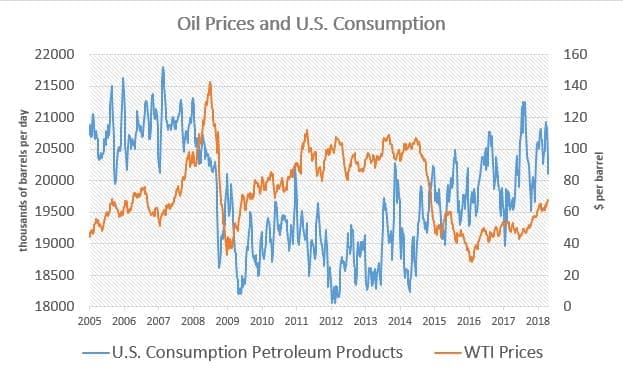The OPEC+ group has decided to increase output by aiming to return compliance back to 100 percent, rather than the “over compliance” the group has posted to date. Although it remains to be seen how that translates into tangible production increases, because the number most kicked around was about 600,000 bpd, which is a rough figure that the markets will be assuming.
The decision will still leave the oil market rather tight on supply, and could require further action in the not-so-distant future.
Still, there are several reasons why OPEC+ feels compelled to increase production. First, the oil market is already in a supply deficit, and in fact, it may have been experiencing a deficit for four straight quarters, according to Bank of America Merrill Lynch. In 2017, the supply gap averaged 340,000 bpd, evidence that the original OPEC+ agreement succeeded in draining inventories last year.
The inventory drawdown led to total stocks dropping below the five-year average, a development that likely occurred several months ago, although data is published on a lag.
A second reason OPEC+ needed to increase supply is because demand continues to grow at a strong pace. The IEA pegs demand growth at 1.4 million barrels per day (mb/d) this year compared to 2017; more bullish analysts like Goldman Sachs estimated demand growth at 1.7 mb/d. The forecasts may vary, but either way, demand looks robust, which would likely exacerbate the supply gap as the year wears on.
On top of that, demand rises seasonally in the summer months. According to Rystad Energy, demand could jump by 1.1 mb/d in the third quarter from the second quarter. Read that again. That is 1.1 mb/d quarter-on-quarter growth, not compared to 2017 levels. Of course, that seasonal demand will ease after the summer, but the strain on the market cannot be ignored.
…click on the above link to read the rest of the article…






















